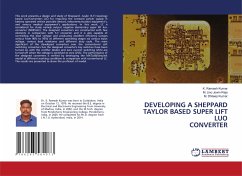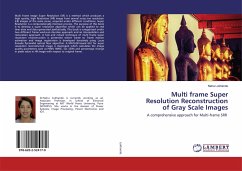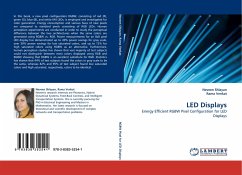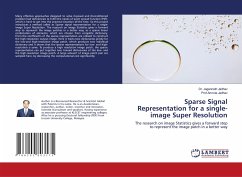Glaucoma is a chronic eye disease that leads to vision loss. As it cannot be cured, detecting the disease in time is important. Current tests using intraocular pressure (IOP) are not sensitive enough for population-based glaucoma screening. Optic nerve head assessment in retinal fundus images is both more promising and superior. Solution is optic disc and optic cup segmentation using super pixel classification for glaucoma screening. In optic disc segmentation, adaptive histogram equalization (AHE) and K-means clustering are used to classify each super pixel generated from SLIC algorithm as disc or non-disc super pixel. For optic cup segmentation, in addition to the adaptive histogram equalization (AHE) and K-means clustering, the Gabor filters are used for feature extraction to boost the performance. After getting Optic disc and optic cup segmentation, area of both regions is calculated individually. Then CDR is calculated as the ratio of area of optic cup to area of optic disc. Thus, CDR ratio is used for detection of Glaucoma.
Bitte wählen Sie Ihr Anliegen aus.
Rechnungen
Retourenschein anfordern
Bestellstatus
Storno








